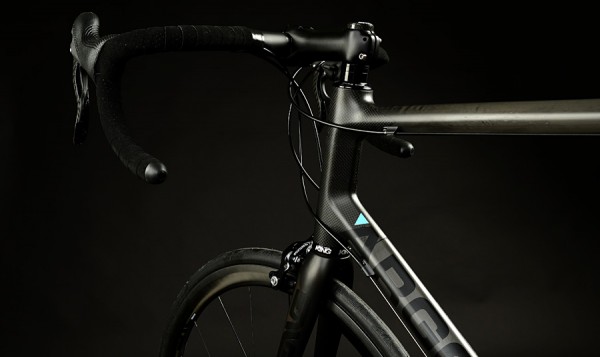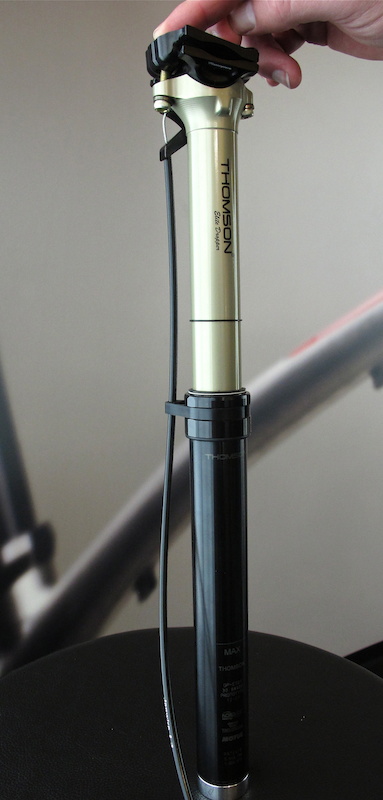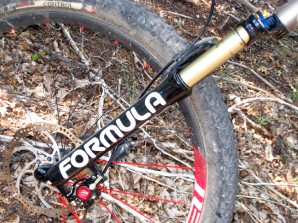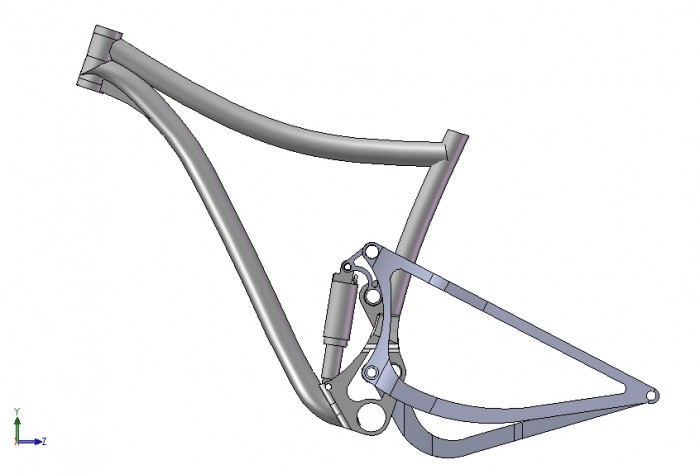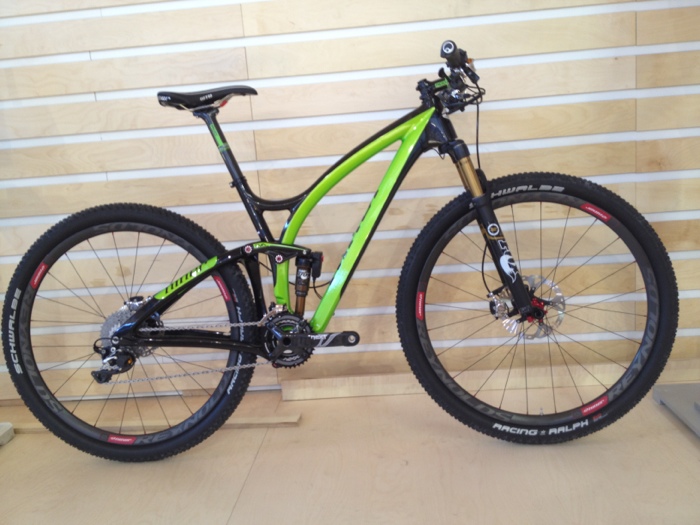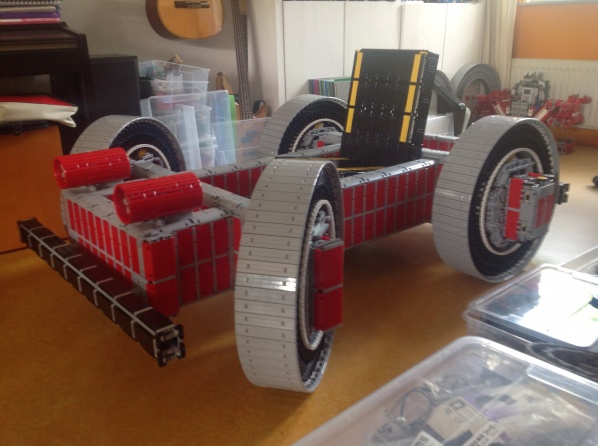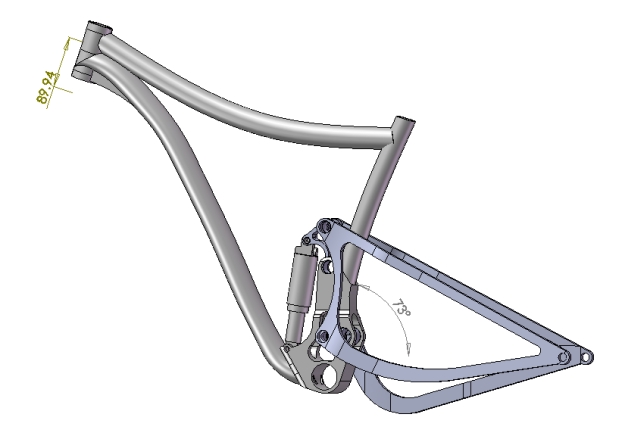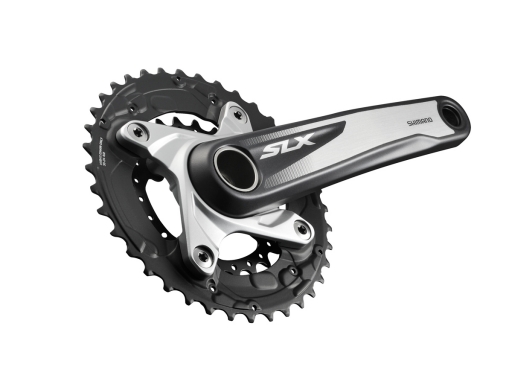
This time every year, while the trade shows are rolling along, I find myself freshly amazed at how little companies seem to know about their product–or at least how little they’re willing to share with the end users.
Take Shimano’s site. The new SLX components are fantastics–a standout group among some excellent groups–but you’d be hard pressed to learn that from the company’s site. In fact, you’d be hard pressed to learn anything.
What’s the bolt-pattern on those chainrings? Blank space. Are those crank arms hollow? Tough to say. Average weight? Another blank space. Here’s the exact features spec from their page:
Model Number FC-M675
Series SLX
Crank Construction Hollowtech II Technology
Cassette Compatibility 10
Chain Compatibility HG-X 10-speed
4-Arm Chainrings Yes
Cahainring Sizes
Bolt Circle Diameter
Crank Arm Length 170,175mm
Crank Arms
Outer Chainring 40T/38T
Middle Chainring
Inner Chainring 28T/26T
Chainring Bolts & Nuts Yes
Chain Guard No
Chaincase Compatible No
Bottom Bracket SM-BB70 SM-BB71-41A
E-type FD Compatible
Chain Line 48.8mm
BB Shell Width –
Average Weight
Seriously guys, if you don’t know any of this data, and you created the damn thing, what’s the consumer supposed to do? You’re Shimano–biggest and most powerful bike component company in the universe–and you’re populating your consumer-facing site content with shit from a half-ass ERP system, typos and all?
Personally, I’m disappointed it’s not “Chaincase Compatible.”
But hey, that’s SLX. Nobody buys that shit aftermarket, right? And the bike companies all choose groups and components based on price. Now, the top-of-the-line: that’s where we get the solid data.
Consider the first sentence of the new 11-speed Dura-Ace cassette description currently on Shimano’s site:
“Rider-tuned means Dura-Ace works the way you want it.”
Read over that sentence again and tell me how Shimano’s site content is any better than Innova’s (my current gold standard):
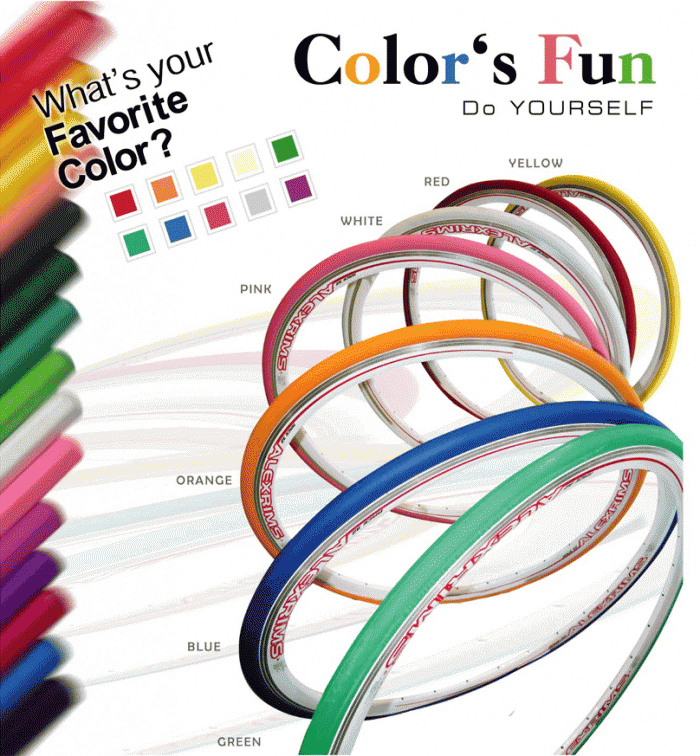
(Josh at work found that on Friday, and instantly it made everyone who saw it a better person.)
And before SRAM can back out of the room quietly, let’s learn something about their PC 1051 10-speed chain.
“SRAM continues to innovate the chains that continue to win races around the world. The new PC 1051 10 speed PowerChain™ featuring the PowerLock connecting link provides smooth, precise shifting and weight savings.”
To their credit, SRAM at least has some separate specs with information that’s borderline useful, but most descriptions read as bullshitty and useless as the PC 1051–except the ones that say even less, like the 1031 chain:
“Simply stronger. The PC 1031 chain benefits from new design changes for better performance.”
Oh, well OK then.
But the James Joyce Stream-of-unconsciousness Award goes to the Force cranket.
“Competition-focused technology for the serious set, wherelight weight, strength, and durability come together. The SRAM Force crankset is offered in a BB30 option and, just like SRAM RED, the BB30 crankset is 10% stiffer, 20% lighter, and provides 300% more ankle clearance than the GXP version. Thanks to the unidirectional carbon structure, both GXP and BB30 crankset versions deliver a sleeker and race-proven design.”
Um, what’s inside the crank arms? Are they hollow? What’s the bolt pattern? While I don’t doubt the importance of putting ankle clearance into mathematical terms no human could possibly comprehend, I have to wonder if we could possibly find out whether or not this crankset comes with a bottom bracket.
Online or local, there will always be a need for bike shops, the beat reporters for the bike industry, asking the tough questions that have no answers.
Why don’t companies like Shimano and SRAM spend a tiny fraction of their marketing budget on hiring someone capable of writing copy that makes sense? Tough to say. Why does Innova prefer backwards apostrophes?
Why do you ask so many questions? Do yourself.




